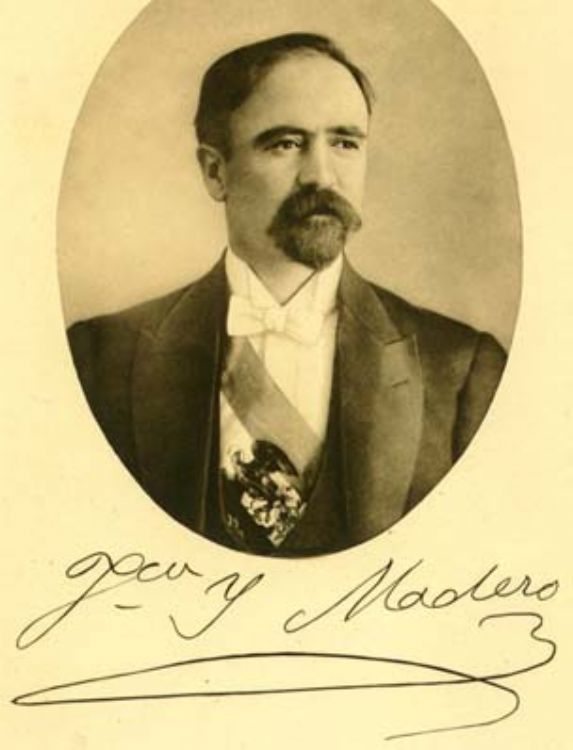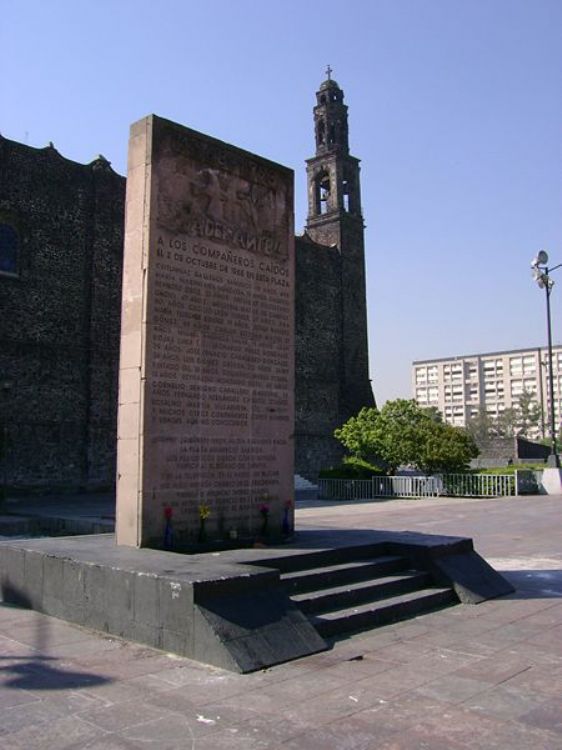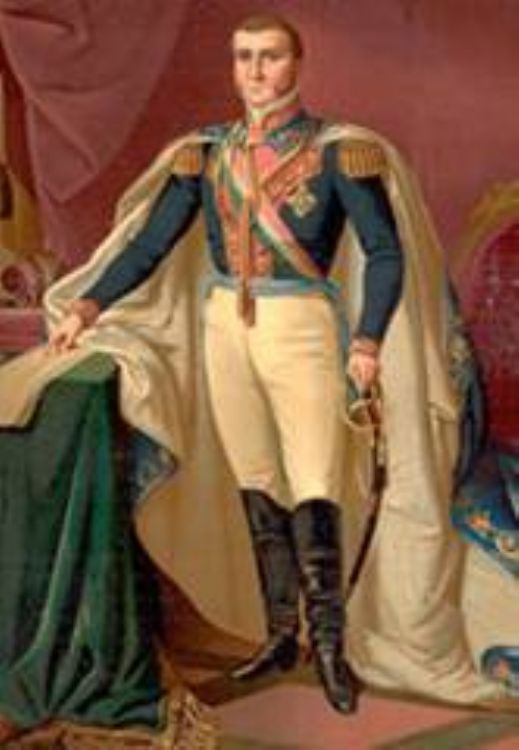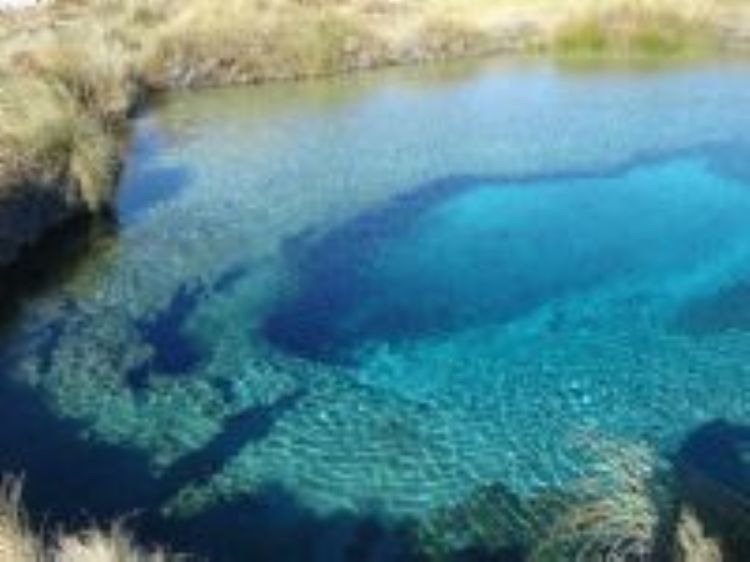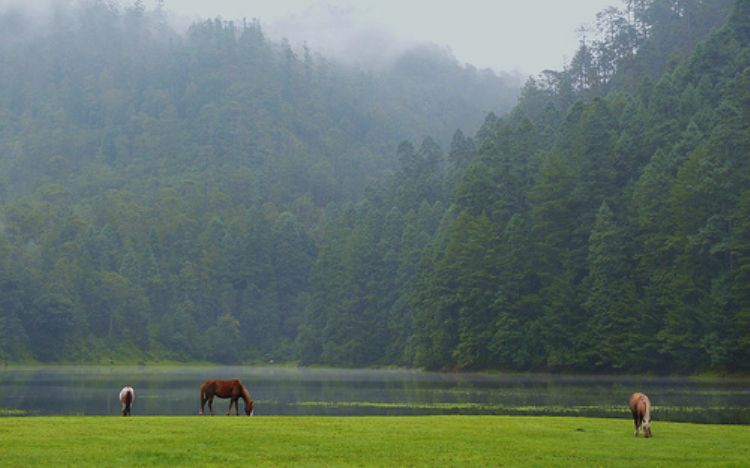National Museum of History (Museo Nacional de Historia)
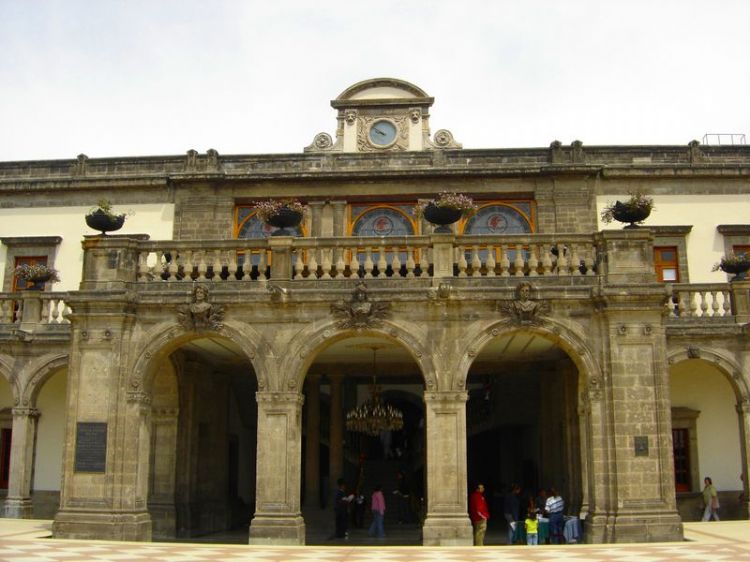
It is no other than the great Castillo de Chapultepec, an emblematic site for the country, where the nationâs freedom was defended once, has now been turned into a museum.
During the viceroyalty, the house was built on top of, according to tradition, an ancient Mexica palace; the temple on the hill was turned into a hermitage dedicated to Saint Francisco Javier. Years later the building was modified and destined to serve as a gunpowder factory, which caught fire and exploded in 1784, leaving it partially destroyed. The construction was rebuilt during the government of Viceroy Alburquerque, but it was Viceroy Bernardo Gálvez who paid special attention to the castleâs construction and destined for the viceroysâ leisure.
During the time of the North American intervention, in 1847, the Castle lodged the Colegio Militar and its cadets heroically defended it against invading troops. Afterwards, with the French intervention and imposition of Maximiliano de Habsburg as the countryâs emperor, the castle was used as imperial residence. During that time, Maximiliano ordered the castle and surrounding forest beautified. Later, during the government of Porfirio Díaz, it was rebuilt with its current physiognomy. It was then used as residence for the presidents of the Republic as Francisco I. Madero, Venustiano Carranza, Pascual Ortíz Rubio and Abelardo Rodríguez, among others, some of whom ordered certain modifications.
Finally, in 1940 while General Lázaro Cárdenas was president, the castle was turned into Museo Nacional de Historia, inaugurated in September 1944, under the mandate of General Manuel Ávila Camacho. This museum was formed with objects that were in the former Archeology, History and Ethnography museums, as well as others provided by the Artillery Museum, the San Francisco Convent, the former purchase office and diverse donations. Since then until now its archive and the materialâs presentation have gone through diverse transformations and its collections have increased, thus it has been restored for improving its contentâs presentation, divided in the following way: in the lower floor are the rooms of Conquest, Religious Conquest, Commerce with the East, Mexico Cityâs Urban Development, Viceroy Gallery, the Independence, Independent Mexico, President Juarez, Revolution, Carriages, Flag Gallery, Anteroom of Agreements by Secretaries of State, Hall of Agreements from the Presidents of the Republic, the Chinese Room, the Bathroom and Bedroom of Empress Carlota, Tea Room and the Emperorâs Reception Room.
Artículo Producido por el Equipo Editorial Explorando México.
Copyright Explorando México, Todos los Derechos Reservados.
Fotografía tomada de Wikipedia.Org Ver Licencia y Autor.

